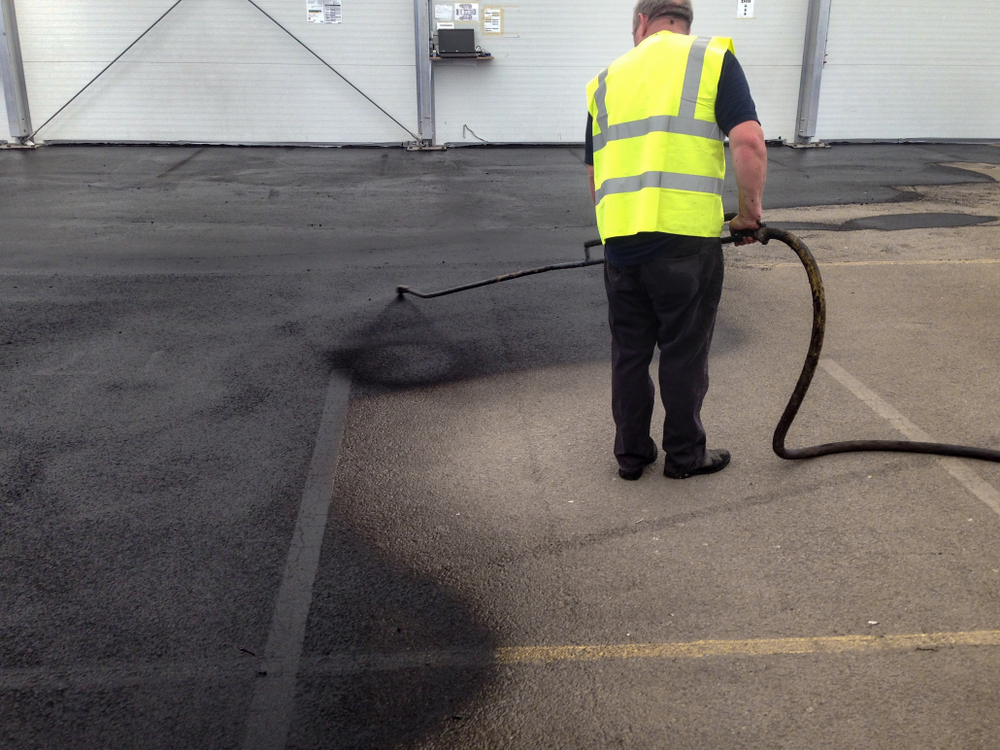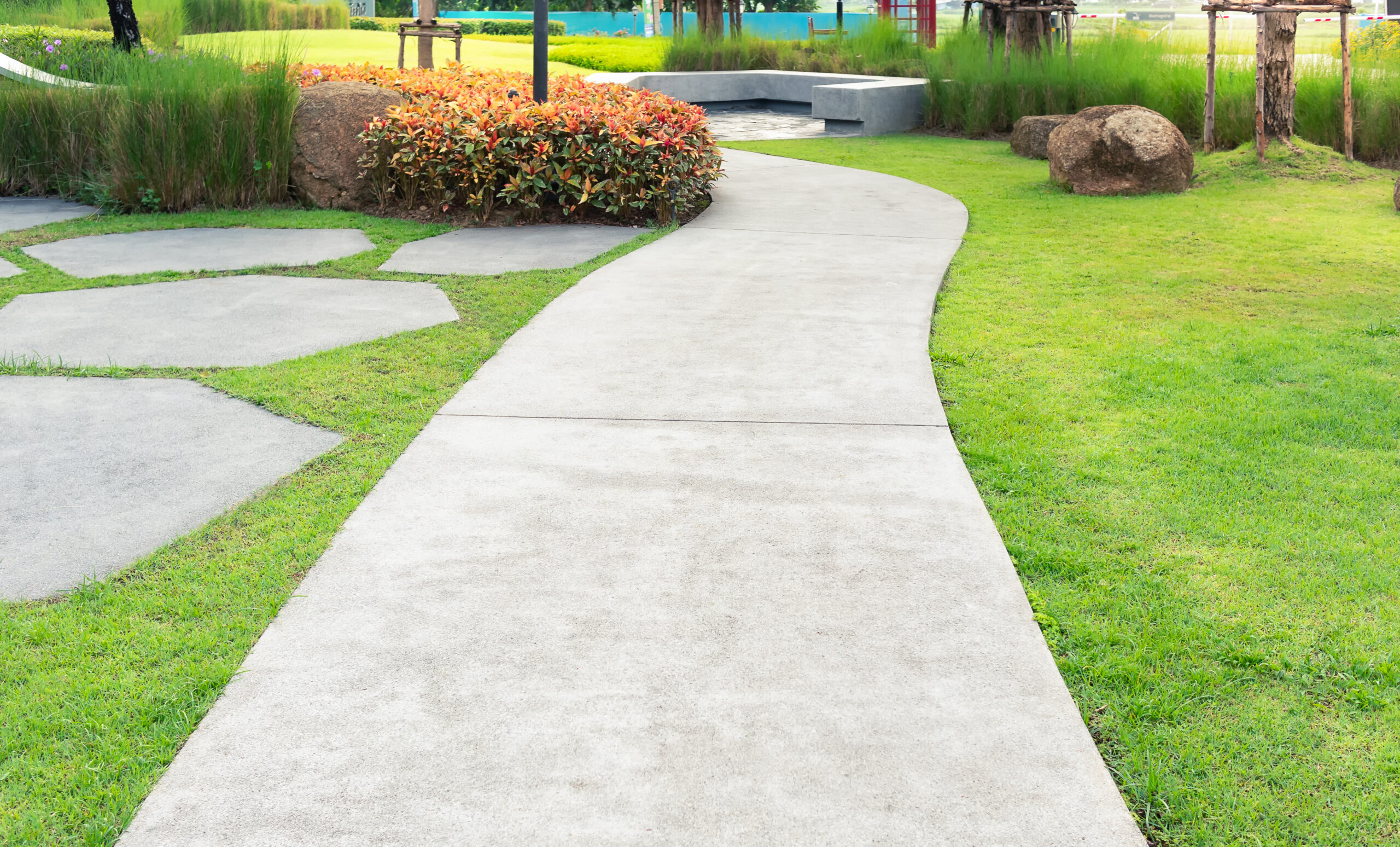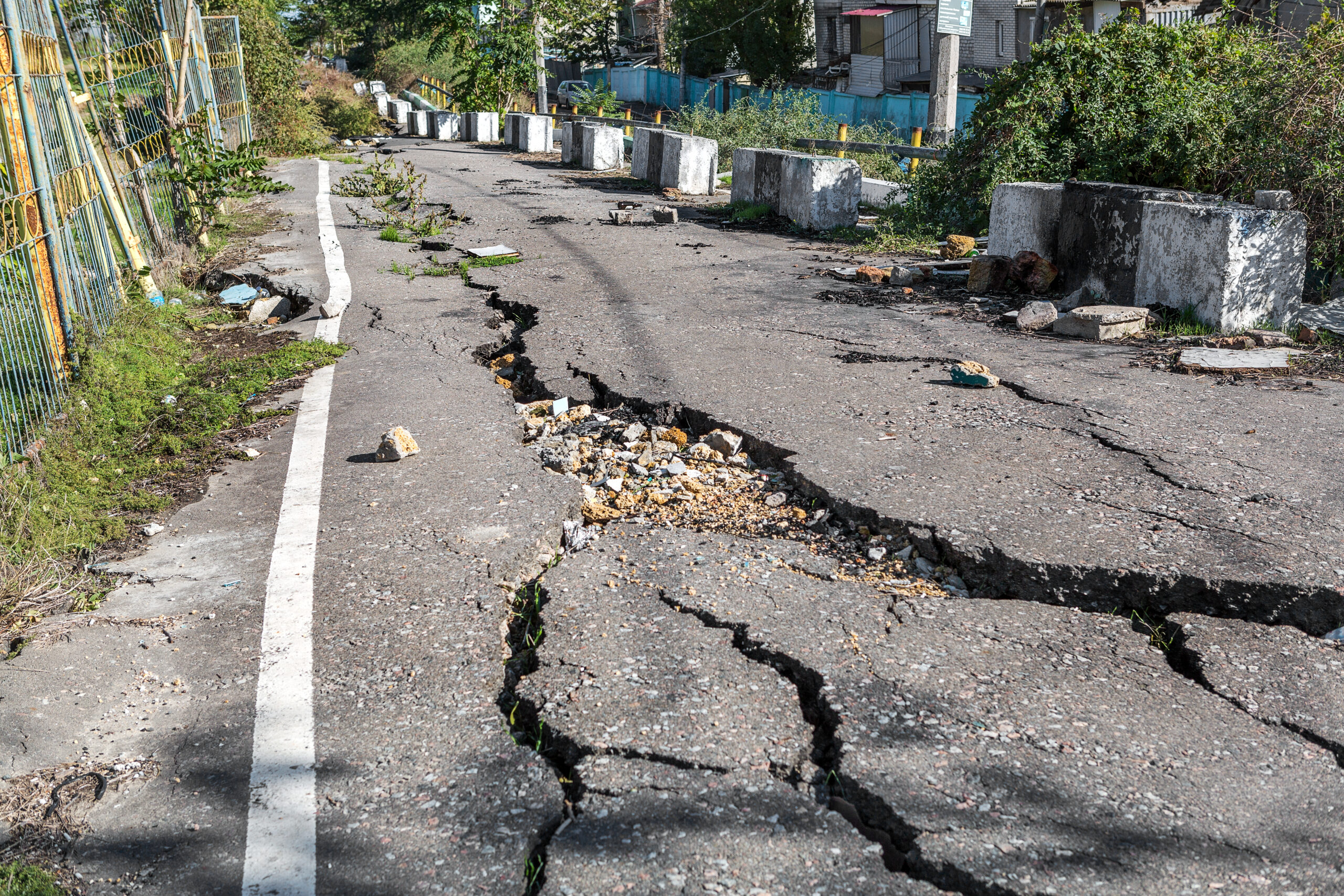
You finally had your driveway or parking lot sealcoated, and it looks perfect, smooth, dark, and brand new. But before you celebrate with a drive across that fresh surface, there’s one crucial thing to keep in mind: looks can be deceiving.
Sealcoating may feel dry to the touch, but underneath, it’s still curing. Moving too soon can lead to scuffs, peeling, or long-term damage that reduces the lifespan of your asphalt.
In this guide, you’ll learn how long to wait, how to handle parking, and how to protect your investment during the critical curing window. With the proper aftercare, your asphalt will stay strong and attractive for years.
What Is Sealcoating and Why Does Curing Matter?
Sealcoating is the application of a thin, protective layer over asphalt pavement. Common materials include coal tar, asphalt emulsion, or acrylic formulas. This protective coating serves as a shield against sunlight, water, oil spills, and everyday wear and tear.
Key benefits of sealcoating:
- Prevents cracks and potholes
- Enhances weather resistance
- Improves appearance with a sleek, black finish
However, to reap the full benefits, the sealcoat must cure properly. If exposed too soon to traffic, moisture, or weight, it may break down before fully bonding with the pavement.
Understanding Curing vs. Drying
Many people confuse drying with curing, but they are distinct processes.
- Drying: The surface feels dry to the touch, typically within 6 to 12 hours.
- Curing: The complete hardening process, which takes 24 to 72 hours or longer, depending on weather conditions.
A surface might feel solid after a few hours, but the layers underneath can still be soft. That’s why waiting before use is so important.
Factors That Affect Curing Time
Several environmental and material factors can impact how quickly the sealcoat cures:
Temperature
- Ideal: 70–85°F
- Minimum: Never apply below 50°F
- Above 95°F: Can cause surface cracking or uneven bonding due to rapid drying
Humidity
- Ideal: Below 60%
- High humidity: Slows evaporation and extends drying time
Sunlight
- Full, direct sunlight speeds curing
- Shade or overcast skies can double the time during
Sealcoat Type and Traffic Guidelines
| Sealcoat Type | Foot Traffic | Vehicle Traffic |
| Coal Tar | 8–24 hours | 24–48 hours |
| Asphalt Emulsion | 4–8 hours | 24–36 hours |
| Acrylic Sealers | 2–4 hours | 24–48 hours |
Application Thickness
- Thinner layers cure faster
- Thicker applications take longer and may require extended dry times
Standard Curing Times for Safe Use
Understanding when different traffic types can safely use the surface is essential:
Foot Traffic
- Ideal Conditions: 6–12 hours after application
- Cool or Humid Conditions: Wait 24 hours to avoid surface marking
Light Vehicles (Cars, Pickups)
- Recommended Wait: 24–48 hours
- In Poor Weather: Always wait the full 48 hours
Heavy Vehicles (Trucks, Equipment)
- Standard Wait: 48–72 hours
- In Hot Weather or Thick Layers: Extend beyond 72 hours if needed
Press your hand lightly to the surface. If it feels sticky or soft, wait longer before allowing traffic to resume.
Parking Tips to Protect Your Sealcoat
Good parking habits make a big difference during the curing phase. Here’s how to help it set without damage:
- Use Barriers
Place cones, tape, or signage to block off the area. This prevents early traffic from damaging the surface.
Example: A residential driveway with ropes and a sign helps prevent walking or parking too soon. - Create Alternative Parking Options
Arrange temporary street parking or access to nearby lots. Please notify residents, tenants, or employees in advance. - Rotate Parking Spaces
To avoid depressions from stationary weight, rotate parking spots if repeated use is necessary. - Use Protective Boards
For heavy vehicles, place plywood or rubber mats under the tires to disperse weight and reduce pressure on the new seal. - Monitor the Weather
The sealcoat must stay dry for at least 24 to 48 hours. If rain is forecasted, cover the area with waterproof tarps or reschedule if possible.
Common Mistakes to Avoid
Avoid these errors to prevent damage and ensure long-lasting results:
- Driving Too Soon
Even if the surface feels dry, tire marks, scuffing, and peeling can still occur if the sealcoat isn’t cured underneath. - Rain Exposure
Rain within the first 24 hours can dilute or wash away the sealant. Always plan for a whole 48-hour dry window. - Ignoring Spills
Oil, fuel, and chemicals can degrade the sealcoat. Clean up spills immediately using mild soap or degreasers. - Skipping Proper Prep
If the surface wasn’t cleaned and repaired before sealing, the layer may not bond well or protect effectively.
Maintenance After Curing
Once the sealcoat is fully cured, ongoing maintenance keeps your asphalt in excellent condition:
Light Cleaning
- Sweep or blow off debris weekly
- Avoid power washing for at least 48–72 hours after curing
Stain Management
- Use dish soap or mild degreasers for minor stains
- Avoid harsh chemicals or solvents
Resealing Schedule
- Reseal every 2–3 years, depending on traffic and climate
- Regular resealing prevents cracks and extends pavement life
Crack Repair
- Inspect for cracks annually
- Use rubberized asphalt filler for best results
Checklist for Post-Sealcoating Care
| Action | Timeline | Precautions |
| Foot Traffic | 6–12 hours | Wear flat shoes; avoid if it’s humid |
| Light Vehicles | 24–48 hours | Avoid turning wheels in place; monitor the weather |
| Heavy Vehicles | 48–72 hours | Use plywood under tires if early parking is needed |
| Weather Check | Before and After | Avoid rain; cover the surface if wet weather is forecasted |
| Cleaning | After 48 hours | Gentle sweeping; avoid pressure washing |
Timing and Logistics Tips for Better Sealcoating Results
Careful planning and patience make all the difference. Apply a sealcoat during dry, sunny weather and wait a full 48 hours before reopening to traffic. This helps prevent tire marks, peeling, and uneven finish.
Ensure all materials and equipment are ready before the job begins. Delays or early traffic can lead to flaws that require costly repairs. When you follow best practices and allow enough curing time, your asphalt will stay smooth, durable, and visually appealing for years to come.
Frequently Asked Questions
How long should I wait before walking or driving on freshly sealcoated asphalt?
You can allow foot traffic after 6 to 12 hours if the weather is warm and dry. In cooler or humid conditions, wait up to 24 hours. For light vehicles, wait 24 to 48 hours. Heavy vehicles, such as trucks or equipment, should stay off the surface for 48 to 72 hours to avoid damage during the curing process.
What is the difference between drying and curing after sealcoating?
Drying occurs when the surface feels dry to the touch, typically within 6 to 12 hours. Curing is the complete hardening process, which takes 24 to 72 hours or longer, depending on the weather conditions. Even if the surface feels dry, it may still be soft underneath, so full curing time is essential for durability.
Can I park in my driveway or parking lot immediately after sealcoating?
No. Avoid parking for at least 24 to 48 hours to prevent tire marks, scuffs, or peeling. For heavy vehicles, if parking is unavoidable, place plywood or rubber mats under the tires to distribute weight and reduce surface stress.
How does the weather affect sealcoat curing time?
Warm temperatures between 70°F and 85°F, low humidity below 60%, and direct sunlight help accelerate the curing process. Cold, humid, or rainy conditions delay the process. Sealcoating should never be done if rain is expected within 24 to 48 hours, as moisture can weaken or wash away the coating.
What should I do to protect my sealcoat during the curing period?
Block the area with cones or signage to keep traffic away. Arrange temporary parking nearby and notify anyone who uses the space. Rotate parked vehicles if needed, clean up any spills quickly, and cover the surface with a tarp if rain is expected within the first two days.
How should I maintain my asphalt after the sealcoat has cured?
Keep the surface clean by sweeping regularly and clearing debris. Avoid pressure washing for 48 to 72 hours after the curing process is complete. Clean oil or chemical stains using mild soap or degreasers. Inspect for cracks regularly and reseal every 2 to 3 years, depending on use and climate, to maintain protection.
Get Support You Can Count On
Proper curing and parking habits after sealcoating make all the difference in how long your asphalt lasts. With the proper post-care routine, you’ll protect the finish, reduce damage, and extend the life of your surface.
Do you need the timely delivery of sealcoating materials or equipment? Contact Asphalt Coatings Company today at beardown-logistics.com/contact to keep your next asphalt project running smoothly from start to finish.




